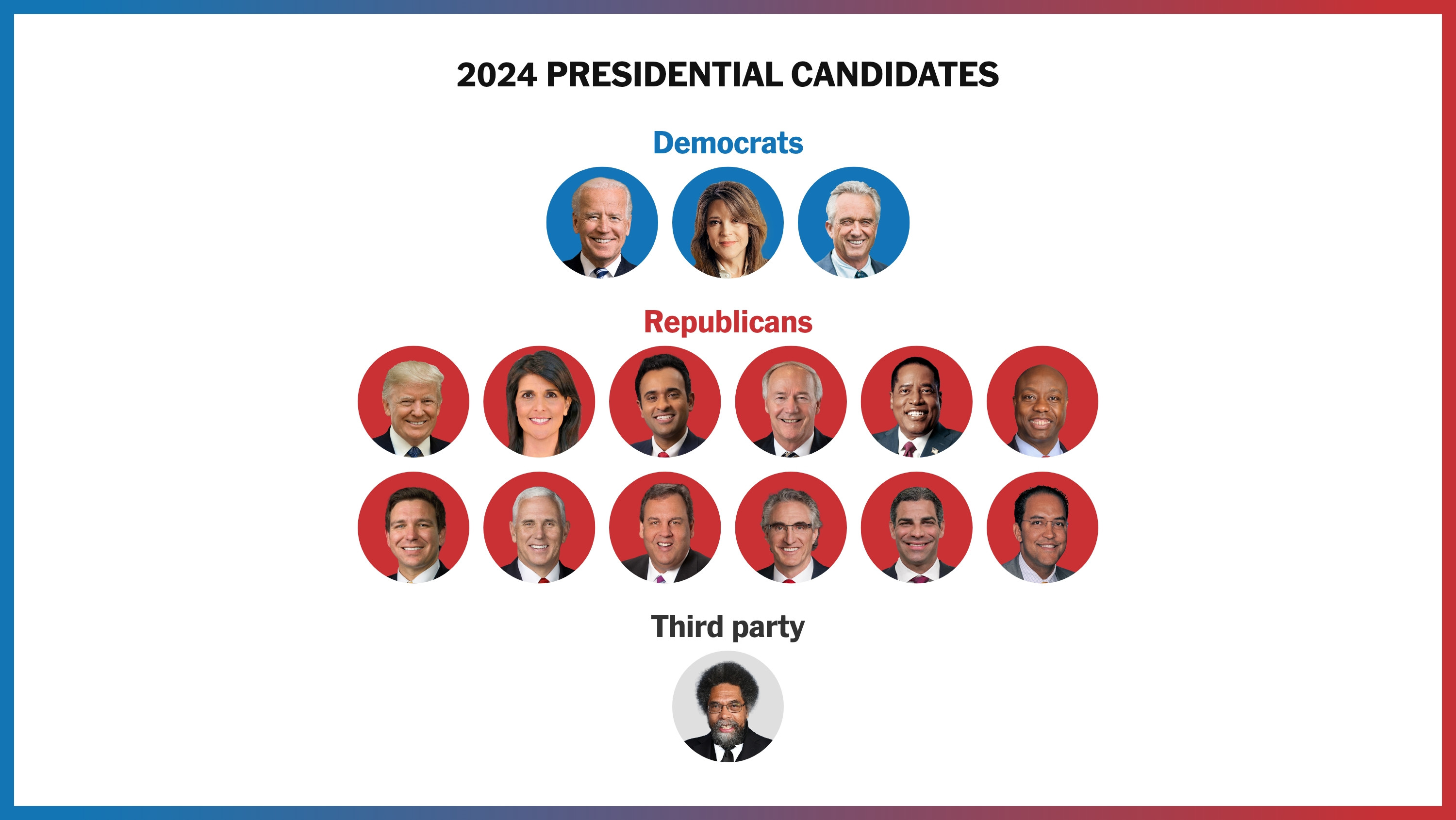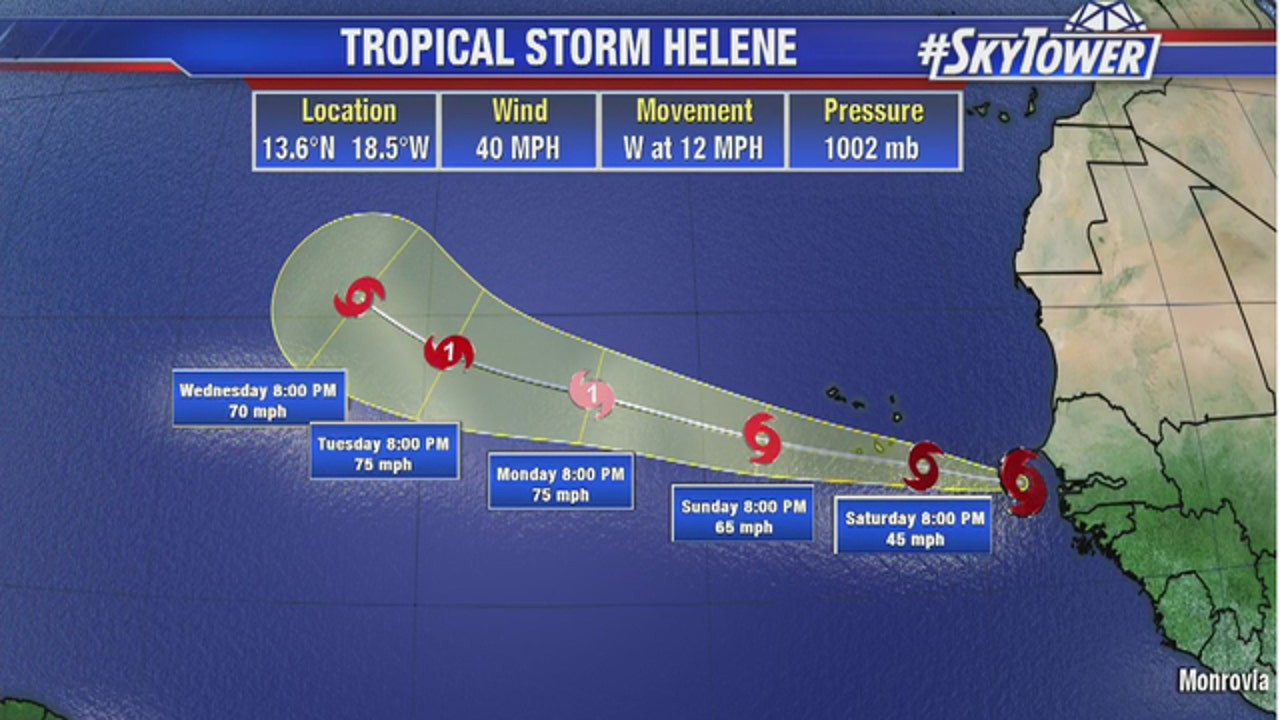As we enter the back half of 2024, two of Australia’s state and territory governments will go to the polls, including the ACT on 19 October and Queensland on 26 October.
Based on the latest odds from various sports betting agencies, the prediction is for a change of government in Queensland and for the ACT Labor party to remain in charge as they have since 2001. But as the saying goes, a week is a long time in politics.
This follows the snap election in Tasmania in March this year, in which the Rockcliff Tasmanian Liberal government was returned but with a minority government that relies on an eclectic group of individuals including the Jacqui Lambie Network and other independents.
The Northern Territory also recently went to the polls and saw a major shift away from the sitting ALP government under Eva Lawler, and the Country Liberal Party under leader Lia Finocchiaro sweeping to victory.
In the lead-up to the NT election, HIA’s policy priorities under a banner of rebuilding the Territory became front and centre in the debate with both parties, with the Country Liberal Party committing $50,000 HomeGrown Territory grant to support first home buyers and a $30,000 Fresh Start grant.
With each of the upcoming elections being held around Australia, the issue of housing, including access to housing, housing supply and affordability has become a central topic.
Often, housing tends to be a side issue as part of wider election commitments, but leading into both state/territory elections, the issue of housing and the respective policies of each party is looking like it could shape the immediate futures of political parties around the country.
Housing: A Critical Issue
This previous lack of direct government focus on housing supply is no doubt part of the reason why Australia is now suffering the consequences. The delivery of quality housing across the whole housing continuum has fallen short.
Housing has not been treated as essential infrastructure by successive governments, as it should be in any growing nation, and escalating home prices, record low rental vacancy rates and homeownership rates continue to trend downward.
The government’s Housing Accord target of 1.2 million homes over the next five years is an important, ambitious policy platform. However, it has been well documented that achieving this target is highly unlikely unless major reforms are implemented.
Political Landscape and Housing Policies
The latest Ray Morgan opinion polls regarding the next federal election show the Albanese Labor Government and the Peter Dutton-led Liberal-National Coalition are now ‘dead even’ on two-party preferred terms: ALP 50 per cent (down 3.5 per cent) and Coalition 50 per cent (up 3.5 per cent).
Predictions of when the next federal election will occur is an art form, with people doing their PhD on this. The earliest possible date was 3 August 2024, which has passed, and the latest date for simultaneous half-Senate and House of Representatives is 17 May 2025.
More globally, the much-discussed upcoming USA election will be held on 5 November, following the recent UK and French elections. The UK election resulted in a new PM and the Labour Party took power for the first time since 2005. Meanwhile, the French election saw a swing away from major parties. What, if any, influence these will have on Australia remains to be seen but adds to uncertainty.
HIA’s Election Priorities
With housing high on the agenda, HIA has been meeting with political leaders and ensuring the industry’s voice is heard on what needs to be prioritised to get all Australians into housing and what levers should be pulled to make this happen.
Across our election priorities for state elections, our key asks have been:
- Increase housing supply by removing unnecessary red tape and streamlining the approval process. This includes fast-tracking approvals for new housing projects and simplifying planning regulations.
- Improve affordability by addressing the cost of construction, land and labor. This includes reviewing stamp duty and other taxes that impact housing affordability.
- Boost housing supply for seniors by supporting the development of age-appropriate housing options, which can help free up existing family homes and address the growing demand from an aging population.
- Provide support for first home buyers through targeted initiatives that assist them with the deposit, such as shared equity schemes or grants.
- Prioritise social housing by increasing investment and providing adequate funding for social housing projects.
Pleasingly, we have already seen several political parties making pre-election commitments adopting our recommendations.
Reshuffling the Cabinet: Impact on Housing
Prime Minister Anthony Albanese recently announced a cabinet (ministerial) reshuffle following the retirements of Linda Burney (former Minister for Indigenous Affairs) and Brendan O’Connor (former Minister for Skills and Training).
The Prime Minister took this opportunity to make a range of other changes and shape up his ministry ahead of the next federal election.
The changes included ministers for three of HIA’s most critical portfolios, including housing, skills and training and employment and workplace relations. Relevant changes were:
- Housing: Clare O’Neil, previously Minister for Home Affairs and Minister for Cyber Security, is now the new Minister for Housing and Minister for Homelessness. This was somewhat of a left-field choice given most recently, Clare O’Neil was the Minister for Home Affairs and Minister for Cyber Security. She faced criticism as part of the Albanese government’s handling of immigration policies post-COVID and as well as the release of immigration detainees.
Even so, she is a strong media performer and brings a higher profile to the housing portfolio. HIA has already met with O’Neil and set a clear agenda on what’s needed to increase housing supply delivery, and the key reforms necessary to make this happen.
-
Skills and Training: Brendan O’Connor, former Minister for Skills and Training, has been replaced by Tony Burke. This could have implications for the construction industry, as Burke has a strong focus on industrial relations and could lead to potential changes in regulations and policies related to the construction sector.
-
Employment and Workplace Relations: Tony Burke, former Minister for Employment and Workplace Relations, has been replaced by the new Minister for Skills and Training, Brendan O’Connor. This will be an interesting development as the Albanese government will need to navigate the tricky balance between securing skilled workers for the construction sector and ensuring fair work practices.
Opportunities for Change
There is often much hype around cabinet reshuffles and upcoming elections, but they generally result in limited fundamental policy change and introduce a period of stagnation as new ministers find their feet and understand their new responsibilities.
The federal government cabinet reshuffle does provide an opportunity for a reset for the ALP, as it became apparent that their focus has more squarely been on the social/public housing side of housing delivery rather than increasing the supply of private housing.
Equally, with a new minister coming in and potential shifts in some state governments, it provides an opportunity for reshaping the focus on housing policies.
HIA has been meeting extensively with current governments, shadow housing and related ministers across federal and state governments and territories. It has been pleasing to see several of our housing policies and related advocacy work being adopted into their policy settings before they go to the polls.
So, whichever way the pendulum may swing in the upcoming elections, HIA will be actively advocating for solid policy agendas to support our industry and to keep housing front and centre in the debate.
First published on 11 September 2024
1300 650 620

















